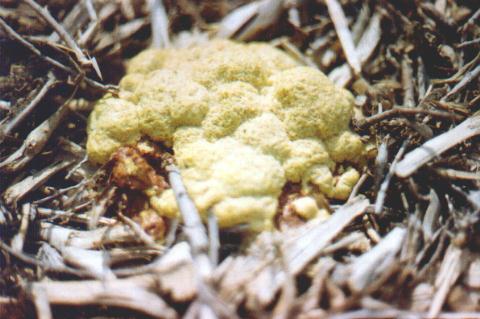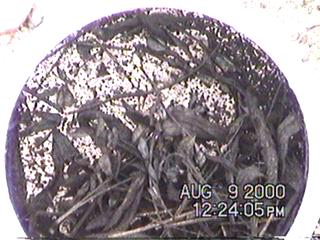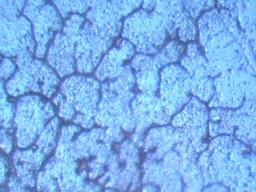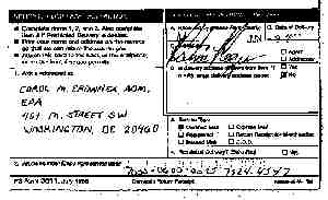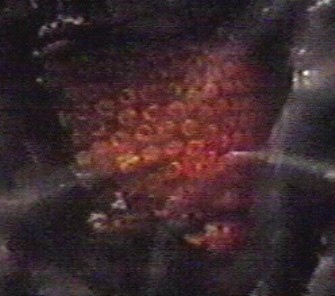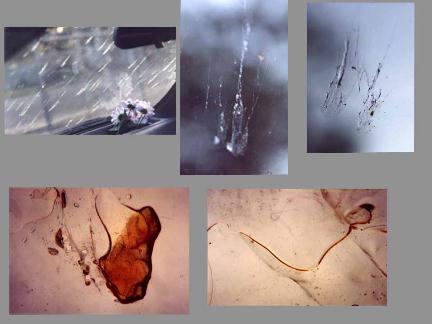
GEL UNDER MICROSCOPE
Transparent gel that was sent in and discussed in a previous Carnicom paper named GEL FALLOUT REPORTS, dated April 24, 2000, is pictured and analyzed in this paper. There are three (3) recurring forms or objects that appear in each of three (3) separate slides that were prepared for viewing under a microscope: 1) an unidentified circular cell around 45 microns in diameter; 2) pine pollen, which is identical to the pine pollen found in the previous paper titled INQUIRY: RAINWATER ANALYSIS dated June 27, 2000; and 3) geometrically ribbed linear forms. Numerous pictures are attached to this paper for viewing.

